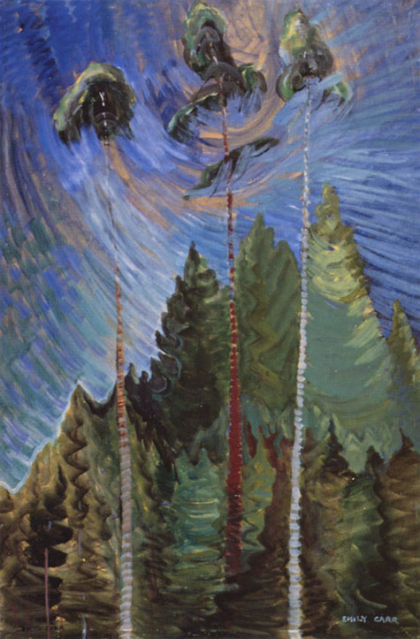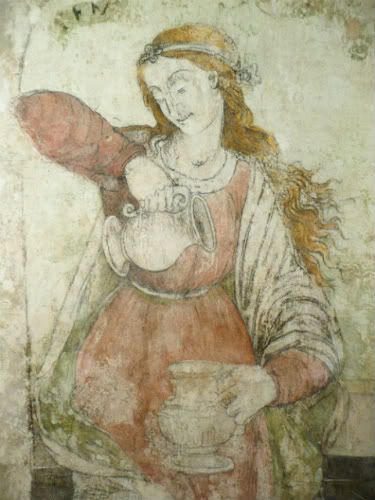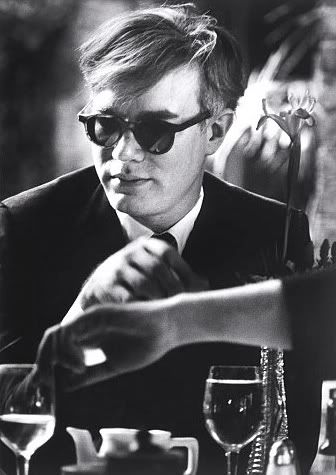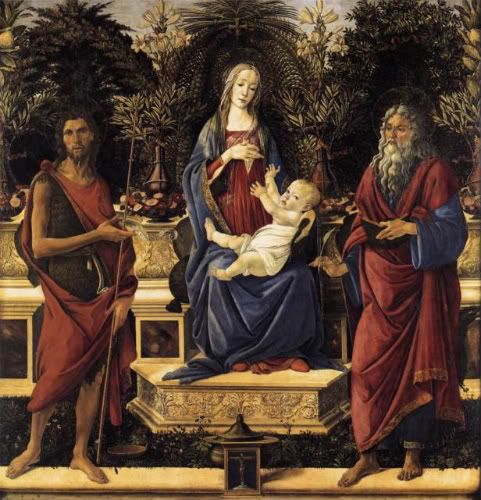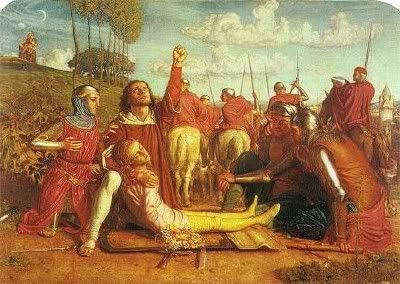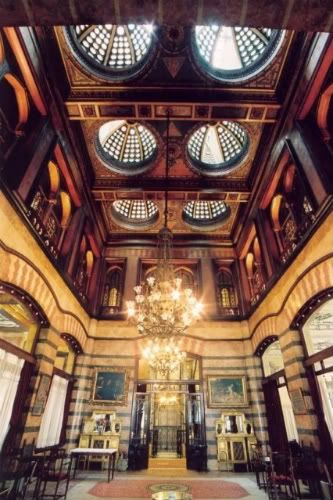I hope everyone is enjoying spring holidays! April has been quite a month here in Edmonton. We had a lot of dreadful weather (it's finally above freezing for a few days, but I'm not sure I should really get my hopes up just yet!). I always get a terrible case of cabin fever this time of year, but I think I'm recovering. I could certainly go for a trip to a beach somewhere, though!
For now, I will have to console myself by browsing the art events going on around the world right now. I find museums are a great way to beat the spring-is-not-so-springy-blues (that is, if you happen to live in a part of the world where it's not 365 days of sunshine - and if you do, I am afraid to say that I hate you just a little right now).
If you are in rainy old England and need a chance to escape the endless Royal Wedding coverage, the Pallant House Gallery in Chichester (known as "Chi" to the locals, I'm told) is holding an exhibit entitled "House of Fairytales", featuring works by a number of artists, including Fiona Banner, Peter Blake, Spartacus Chetwynd, Mat Collishaw, Dexter Dalwood, Simon English, Paula Rego, Bob & Roberta Smith, Kiki Smith, Gavin Turk, and Rachel Whiteread. There is also as a display of some of Gormenghast author Mervyn Peake's most well-known illustrations and prints (House of Fairytales runs from now until June 17th, while the Mervyn Peake display will be on until July 19th). I wish I could see the Peake exhibit - his work has always fascinated me (and creeped me out just a little). Thank you to Philip Eberell for bringing these exhibits to my attention!
The Art Gallery of Alberta has two great looking exhibits that I haven't had the chance to see yet. Walter J. Phillips: Water and Woods is running from now until June 5th, and it will focus on Phillips' woodcuts and watercolors. His artwork has a distinctive Japanese quality that was very popular in the 1930s (you can see some examples of his work on the AGA website).
The AGA will also be showing Nature and Spirit: Emily Carr's Coastal Landscapes. If you aren't familiar with Carr, then you're not Canadian...When I first arrived in Canada, I swear every other phrase that came off people's lips was "Emily Carr"(well, that and the "Group of Seven," a group of Canadian landscape artists with whom she's associated). I was a little weirded out. Canadians are proud of their national icons in a way that sometimes baffles me, but in Carr's case, I think they're onto something. I really love her work, even though she's so beloved in Canada that it feels embarrassing to admit to liking her!(I can't really think of an equivalent that people of other nations could relate her to - perhaps she's something like Collette is for French literature? Her legend really extends beyond that of any other Canadian artist, which is all the more impressive when one considers that she was a woman). The image below is Odds and Ends, which Carr painted in 1939.
image courtesy wikimedia commons.

